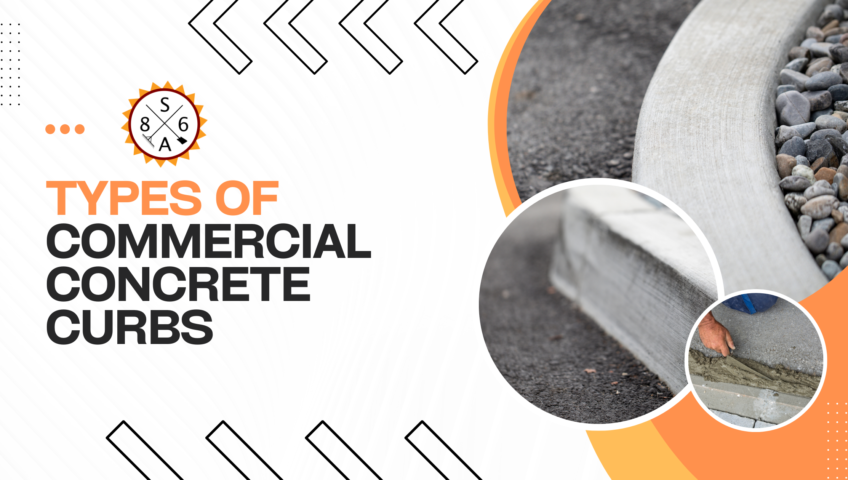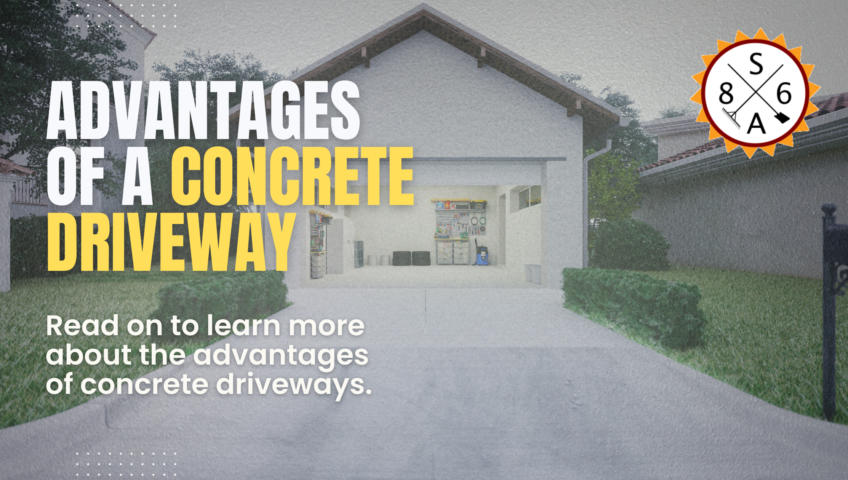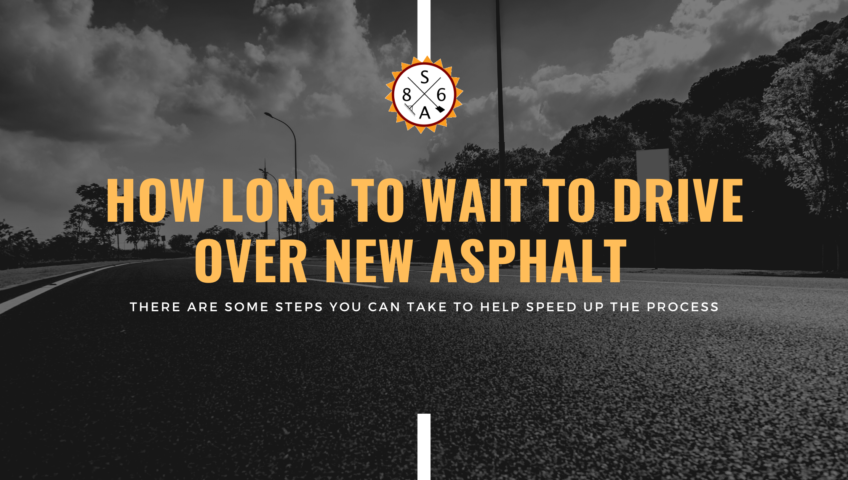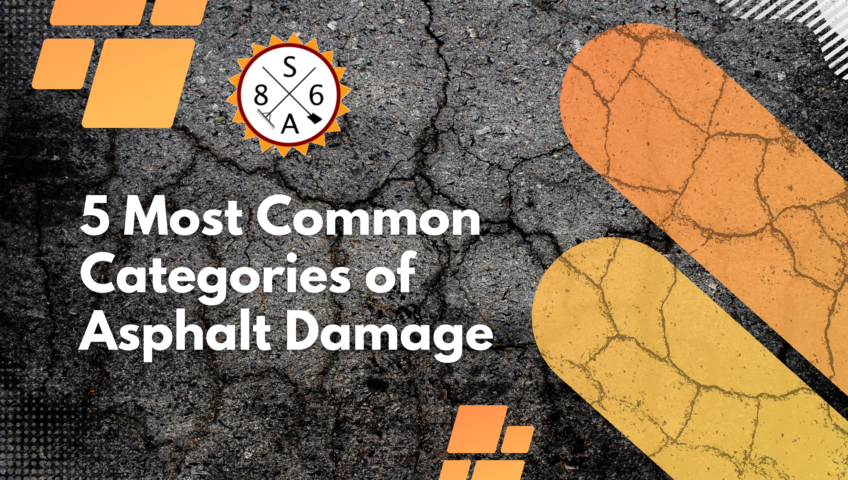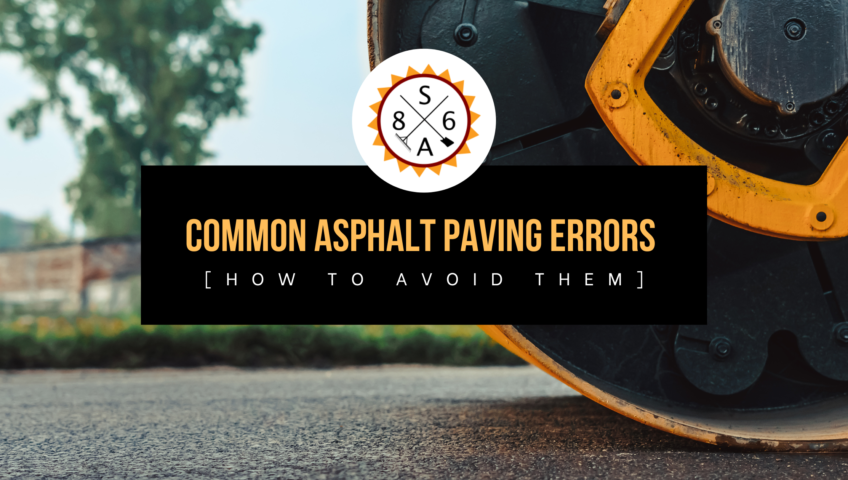
Common Asphalt Paving Errors [How to Avoid Them]
When you have quality asphalt paving in your driveway, it makes a massive difference in the way your house looks. Asphalt is a durable material, and it can improve your curb appeal. However, when you or your contractor do not install it correctly, you will have problems later on down the road. Please continue reading to find out more about the common paving errors and how to avoid them.
1. Poor Project Planning
Proper planning is essential for the installation and maintenance of asphalt paving. Ensuring that you have all of the appropriate equipment and material is part of the planning process. You also want to have the best weather conditions possible and should consider that when planning. You want to spend the appropriate amount of time on the project. You do not want to rush through it. If you are not experienced with installing asphalt, you want to find a qualified asphalt contractor.
2. Paying Less for Poor Quality Work
Price is essential when searching for asphalt companies, but it should not be the only factor. While you may find a contractor that is affordable, it does not mean they will provide quality work. Therefore, you want to be cautious about selecting the asphalt contractor that offers the lowest price.
3. Choosing Low-Quality Materials
You may not realize it, but there are various types of asphalt paving materials available. They are not the same as they have varying quality. While we all want to save money where we can, you may not want to purchase more affordable material to decrease the price. When poor-quality asphalt is used, the results are often poor and less than expected. Instead, you want to purchase high-quality asphalt to ensure you have a smooth surface without any imperfections. Higher-quality asphalt holds up better to wear and tear and severe weather.
4. Rushing the Process
You want to take your time with your asphalt paving project. When you rush the project, there is a chance you will not follow the proper procedure. You also want to install the asphalt at the same speed the entire time. You do not want to speed up or slow down in different areas because it impacts how uniform the paving looks. Any asphalt contractor you select should use speed limiters to ensure you have a consistent and clean application of your asphalt.
5. Choosing the Wrong Asphalt Contractor
You want to select a highly qualified and reputable asphalt contractor. There are a number of asphalt companies available, but they are not all the same. You want one that is experienced and pays attention to the details because they matter, especially in paving. The contractor you select should plan well for the project, have the right equipment, and pay attention to the weather. You do not have to select the most expensive contractor, but you do not want to pick the cheapest. Adhering to your budget is essential, but you should not make your decision solely on cost. You also want to select a contractor that uses high-quality equipment and knows how to operate it.
If you keep these tips in mind when you are planning your asphalt paving job, you will have smooth, quality asphalt when you are finished.
When you have quality asphalt paving in your driveway, it makes a massive difference in the way your house looks. Asphalt is a durable material, and it can improve your curb appeal. However, when you or your contractor do not install it correctly, you will have problems later on down the road. Please continue reading to find out more about the common paving errors and how to avoid them.
1. Poor Project Planning
Proper planning is essential for the installation and maintenance of asphalt paving. Ensuring that you have all of the appropriate equipment and material is part of the planning process. You also want to have the best weather conditions possible and should consider that when planning. You want to spend the appropriate amount of time on the project. You do not want to rush through it. If you are not experienced with installing asphalt, you want to find a qualified asphalt contractor.
2. Paying Less for Poor Quality Work
Price is essential when searching for asphalt companies, but it should not be the only factor. While you may find a contractor that is affordable, it does not mean they will provide quality work. Therefore, you want to be cautious about selecting the asphalt contractor that offers the lowest price.
3. Choosing Low-Quality Materials
You may not realize it, but there are various types of asphalt paving materials available. They are not the same as they have varying quality. While we all want to save money where we can, you may not want to purchase more affordable material to decrease the price. When poor-quality asphalt is used, the results are often poor and less than expected. Instead, you want to purchase high-quality asphalt to ensure you have a smooth surface without any imperfections. Higher-quality asphalt holds up better to wear and tear and severe weather.
4. Rushing the Process
You want to take your time with your asphalt paving project. When you rush the project, there is a chance you will not follow the proper procedure. You also want to install the asphalt at the same speed the entire time. You do not want to speed up or slow down in different areas because it impacts how uniform the paving looks. Any asphalt contractor you select should use speed limiters to ensure you have a consistent and clean application of your asphalt.
5. Choosing the Wrong Asphalt Contractor
You want to select a highly qualified and reputable asphalt contractor. There are a number of asphalt companies available, but they are not all the same. You want one that is experienced and pays attention to the details because they matter, especially in paving. The contractor you select should plan well for the project, have the right equipment, and pay attention to the weather. You do not have to select the most expensive contractor, but you do not want to pick the cheapest. Adhering to your budget is essential, but you should not make your decision solely on cost. You also want to select a contractor that uses high-quality equipment and knows how to operate it.
If you keep these tips in mind when you are planning your asphalt paving job, you will have smooth, quality asphalt when you are finished.

